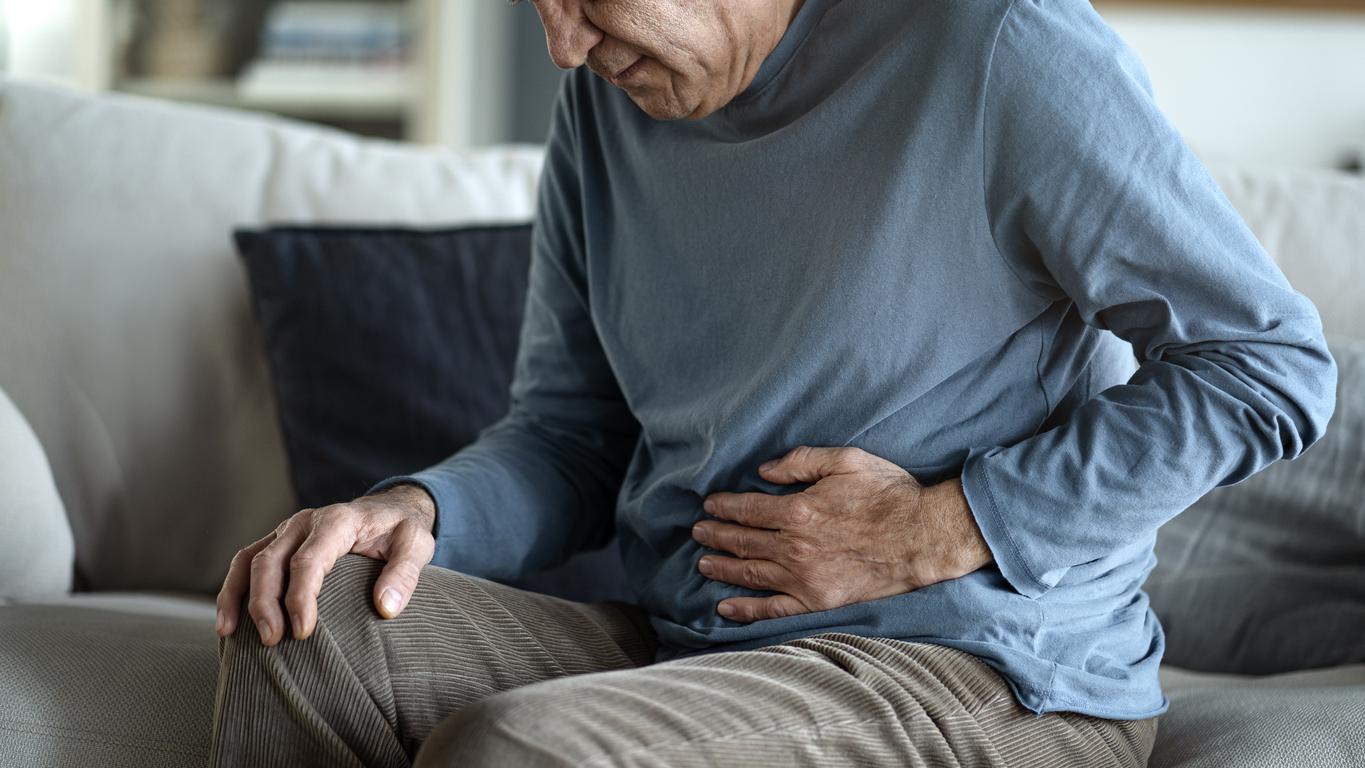The first steering committee for lower risk consumption rooms took place this Thursday in Strasbourg. The results are positive.

It was in Strasbourg that the Mildeca (Interministerial Mission for the Fight against Drugs and Addictive Behaviors) chose to set up the first “steering committee” on safer drug consumption rooms (SCMR). Its president, Danièle Jourdain-Menninger, was keen on this highly symbolic trip. “To show how much we are part of a national system,” she explains. Perhaps also because in Strasbourg, these famous “shooting rooms” take on a much less ideological and political dimension (see box) than in the capital.
We must also stop calling them so: the word belongs to that of the opponents of this risk reduction device (RDR), whose representatives drew up a deeply positive assessment on Thursday. Two rooms have opened their doors since the entry of article 41 of the health law, paving the way for national experimentation. The first, in Paris, has proved its worth; the second, from Strasbourg, follows in her cousin’s footsteps.
Local residents are asking for more
Difficult first steps, it should be remembered, in a France marked by a certain delay vis-à-vis its neighbors. Germany adopted such systems 20 years ago and Switzerland three decades ago. But after the discontent inspired by the SCMRs in France, the time now seems to be increased demand. “The residents who opposed the project now want the room to open longer,” smiles the president of Mildeca. They saw the benefits: fewer open stages [lieux de consommation de drogues sur la voie publique, ndlr], fewer syringes lying around, more peace of mind ”.
Comments confirmed by representatives of justice and the police, present during the national committee. Contrary to the fears mentioned, drug trafficking has not intensified around the theaters, where the police presence has increased slightly. These places seem to have brought a certain serenity where relations between users and inhabitants threatened to poison each other.
Strasbourg, Paris: various uses
So much for worried residents. For drug users, to whom these rooms are primarily intended, the benefits, presented by the municipal teams of Strasbourg and Paris, the associations of the two cities (Ithaque and Gaïa) and the Mildeca, which carried the project , are already noticeable.
In the two municipalities, the rooms made it possible to reach the most precarious and isolated users, explain these actors. The prevalence of hepatitis C is high there, vaccination against hepatitis B is limited. In Strasbourg, half of the users consumed in public spaces, 30% in isolated places, with risky practices (exchange of syringes, harmful hygienic conditions); they now have a clean and supervised place, where they can test themselves and have access to care from which they were left out.
In Paris, the “rise in load” is important – more, perhaps, than expected, but the Parisian actors say they can cope with it. Since the opening four months ago, they have counted 16,000 passages, or 175 per day, for some 500 consumers. The active queue is greater than in Strasbourg, where there are still only 519 passages, or 20 to 25 dailies, a number which is set to grow.
From Strasbourg to Paris, uses vary, moreover. The room in the European capital accommodates a majority of injectors (95% of consumers), who use cocaine in the first place, then opiates. In Paris, users instead consume crack and opiates (especially morphine sulfate), injected or inhaled. Cocaine represents less than 1% of consumption and heroin a little more than 1%. In addition, women constitute 35% of passages in Strasbourg, against 13% in Paris. The figures corroborate the data established in the two cities by the CAARUD * and the CSAPA *.
Inspiring other cities
“The specifications are common, but the experiences are both very specific,” explains Alexandre Feltz, addiction doctor and deputy mayor of Strasbourg. Tomorrow, other cities will get involved and it is important that there are different models ”. These municipalities will thus be able to draw inspiration from them in order to adapt them to local realities. Because, in fact, if the national experiment is spread over six years, it is very likely that other cities will apply by then.
It remains to be seen which ones. Marseille had shown its willingness to host an SCMR, a few months ago, before its mayor retracted. In Bordeaux, associations were on the alert, Alain Juppé showing his public support for the device. But the right-wing primaries have been there and since then, radio silence. The Mildeca would see Nantes or Lille, but it is still necessary that the local elected representatives are mobilized.
Another device could perhaps replace the theaters, the operating cost of which reaches around one million euros (900,000 in Strasbourg, 1.2 million in Paris). Since 2011, Médecins du Monde, with the support of the Gaïa association, has been experimenting as part of a study the ERLI project (education on the risks associated with injection). Teams trained in risk reduction (pair made up of a nurse and a health educator trained in first aid) go to the participating CSAPAs and supervise the injections. This device, halfway between syringe exchange programs and SCMRs, could constitute an interesting compromise for municipalities wishing to engage in risk reduction.
In Strasbourg: the reasons for a “peaceful debate”
If the establishment of the SCMR was done in pain in Paris, in Strasbourg, all agree that the debate was more “appeased”. As proof, when the Parisian elected representatives on the opposing side scratched themselves on the project, in Strasbourg, 90% of the city council voted for, including centrists and LRs.
There are several reasons for this, starting with urban density. The Parisian theater is installed in a residential environment, for lack of choice and to respond to the “open scene” of the Gare du Nord. In Strasbourg, there is no specific open stage; the room is located near a park, far from any habitation. “The cross-border side has also played a role: for 20 years, there have been cinemas in Germany, Alsatians know that these are serious people who know the subject”, explains Alexandre Feltz, who evokes “Rhenish humanism” and “l “Bismarckian history” of the territory: “We take very specific health and social aspects into account. It is the last city to have kept all its skills – medico-social centers, PMI, school health… Since 1900, we have taken care of the most vulnerable, it is embedded in our history ”. Finally, the large number of Juppeists on the Strasbourg city council contributed to the favorable vote.
An analysis shared by Rémi Féraud, mayor of the 10th arrondissement of Paris. “We have a political culture in Paris, in which the confrontation is very marked … The Parisian right has made SCMR a strong stake, questioning an old tradition: when Chirac was mayor of Paris, he made the RDR cross significant progress ”.
.

















